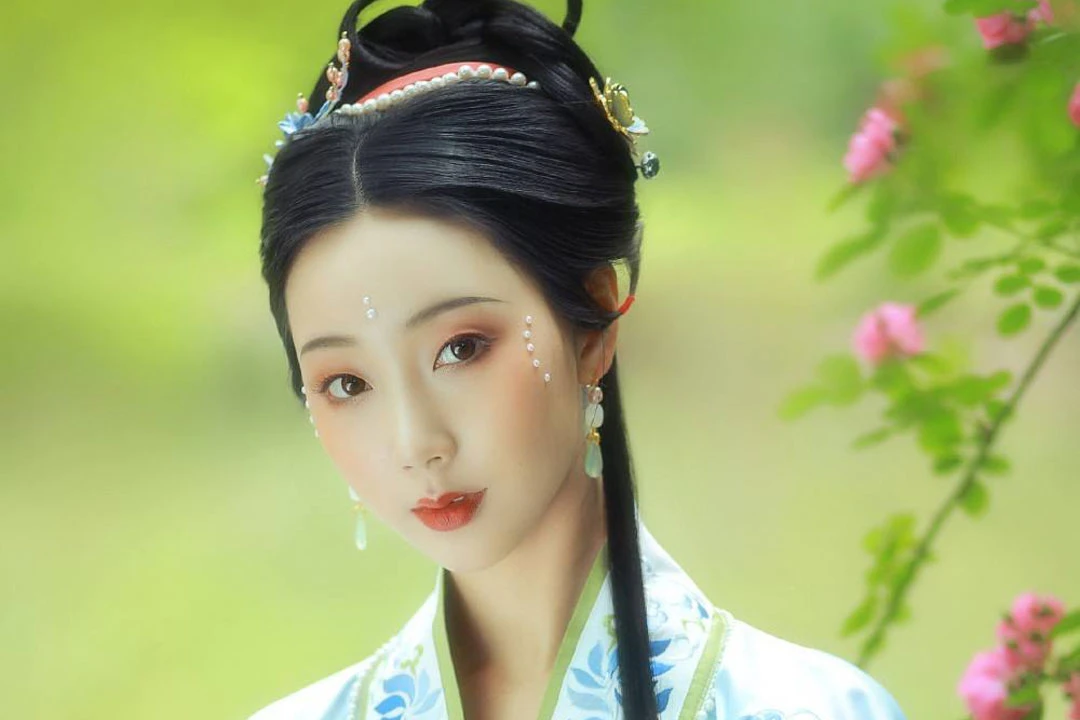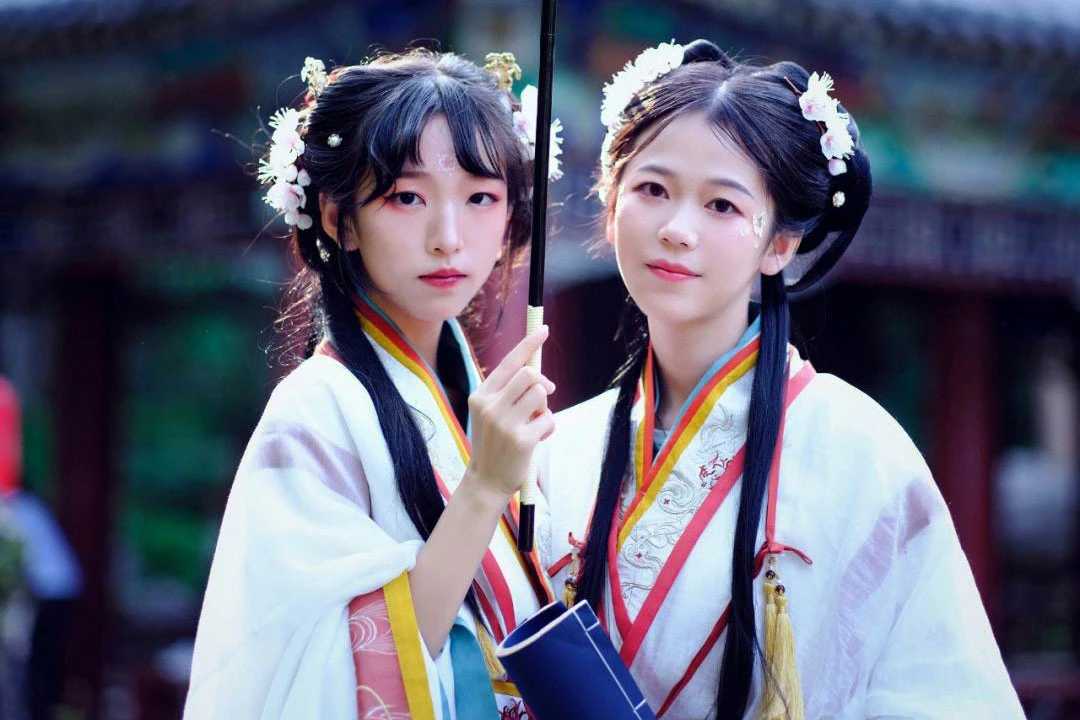As the elegant flowing robes of hanfu gain popularity among young Chinese worldwide, vibrant cultural activities are blossoming everywhere from urban fashion shows to university clubs. Staying tapped into the hanfu scene reveals meaningful stories and surprising facts behind this traditional dress revival.
Recent Hanfu Events
Modern hanfu events fuse historical heritage with cutting-edge creativity. The Beijing 2023 Hanfu Culture Week highlighted this dynamic through extravagant themed photoshoots blending dynastic fashion with futuristic backdrops. Models posed in Ming loyalist dresses and sci-fi inspired hanfu beside sleek electric cars, showing how hanfu can synthesize past and present.
Shanghai Fashion Week 2023 made waves by featuring hanfu looks on the runway alongside avant-garde styles by top Chinese designers. Delicate cheongsam dresses walked alongside edgy urban streetwear, boldly merging hanfu into the world of high fashion. Chinese actress Li Bingbing’s appearance in a regal hanfu gown drew cheers.
These events showcase hanfu growing presence in mainstream culture through fresh blending with modern aesthetics. The traditional dress is transforming from costume attire into an innovation incubator for China’s cultural power on the global stage.
University Students Lead Hanfu Revival Abroad
Overseas, enthusiastic university hanfu clubs help spread knowledge beyond China. Groups at Harvard, Oxford, Stanford and ANU run social media channels introducing hanfu beauty to international audiences.
Club activities like photo competitions, designer talks, embroidery lessons and joint meetups engage wider student communities. New generations are learning to appreciate heritage beyond ethnic divisions.
Youth organizers say hanfu visual allure offers a gateway to illuminating China’s cultural richness. By making hanfu accessible and relatable to all backgrounds, they hope to bridge cultural gaps worldwide.
Major Fashion Weeks Spotlighting Hanfu Designs
New York Fashion Week, several emerging Chinese designers have incorporated hanfu influences into traditional Western runway shows. Huishan Zhang wowed at New York Fashion Week with deconstructed qipao-inspired sets. Shanghai-based designer Claudia Li mixes modernized hanfu accents into her minimalist looks.
Hong Kong Fashion Show regularly integrates hanfu inspiration from traditional textiles to cheongsam dresses. Local designers like Kev Yiu showcase creative hanfu hybrid looks blending Chinese heritage with contemporary Hong Kong style.
London Fashion Week featured British-Chinese designer Reem Yu, who integrated hanfu-inspired elements like Changshan jackets and mandarin collars into her category-defying pieces. Her Shanghai-London identity informs cultural fusion designs.
Paris Fashion 2023 had Chinese designer Guo Pei return for a showcase modeled by Asian models in otherworldly hanfu-inspired ballgowns. The designs wowed critics with their technical mastery and cultural significance.
As appreciation for hanfu spreads globally, top fashion weeks provide key platforms for designers to innovatively breathe new life into this age-old cultural dress tradition through cutting-edge hybrids on the world’s most prestigious runways. Hanfu is transcending its past to gain new cultural influence around the world.
Fun Facts About Hanfu’s History and Details
Beyond current trends, hanfu has surprising historical trivia:
- Hanfu robe originated from the Taoist, and adapted into wider secular styles during the Chinese dynasty.
- It was traditionally made of individual rectangular cloth strips sewn together, not cut from patterned fabric. This allowed adjustable sizing.
- Hanfu fashion trends evolved rapidly each decade throughout Chinese history, with sleeve lengths, hem heights and colors changing like modern fashion.
- Children’s hanfu were miniature adult styles. A gender differentiation in collars and pants/skirts appeared around age 7.
- Hanfu almost disappeared in the early 1900s but lingered as bridal wear before resurging today as cultural pride fashion.
- During the Tang dynasty, the length of one’s skirt correlated to one’s social status. The emperor’s empress was permitted to have a 7-chi long skirt, while commoners could only have short skirts.
- The special textiles used for hanfu were tremendously time intensive to make. The intricate dragon, phoenix and cloud motifs were woven directly into silk through meticulous thread-by-thread manipulation on looms rather than printed.
- Hanfu sleeves contained subtle finger sheaths inside the wide sleeves to allow the hands to grasp items while keeping the sleeves hanging in a drape shape.
From inspiring global connections to historical insights, the modern hanfu community shares rich stories that amplify China’s living culture beyond the costumes themselves. Hanfu trivia reveals astonishing details about China’s splendid textile heritage and culture encoded into this historical dress. The revival allows these facets to be rediscovered and reappreciated in modern contexts.
The hanfu phenomenon continues gaining momentum worldwide not just through its aesthetic appeal, but its embodiment of enduring cultural values that cross generations and borders. Hanfu’s past, present and future reveal profound Chinese traditions thriving through new life.


